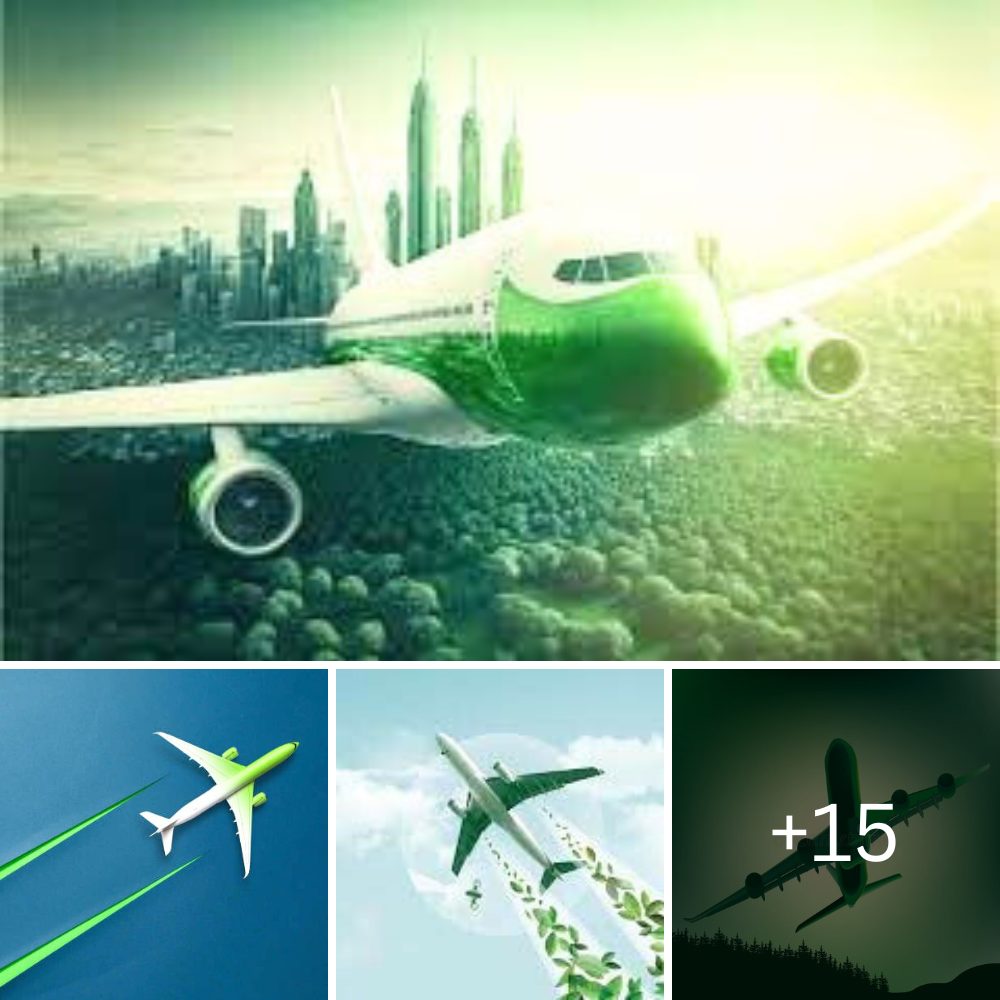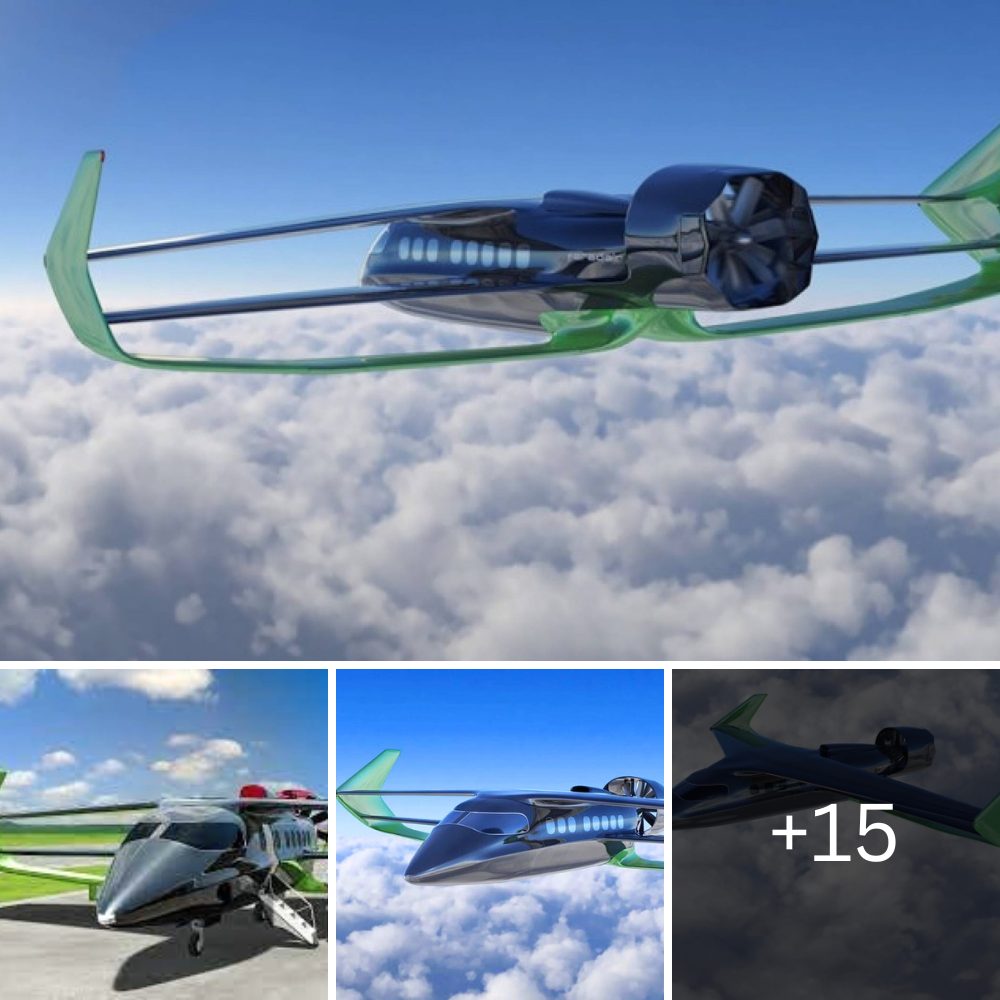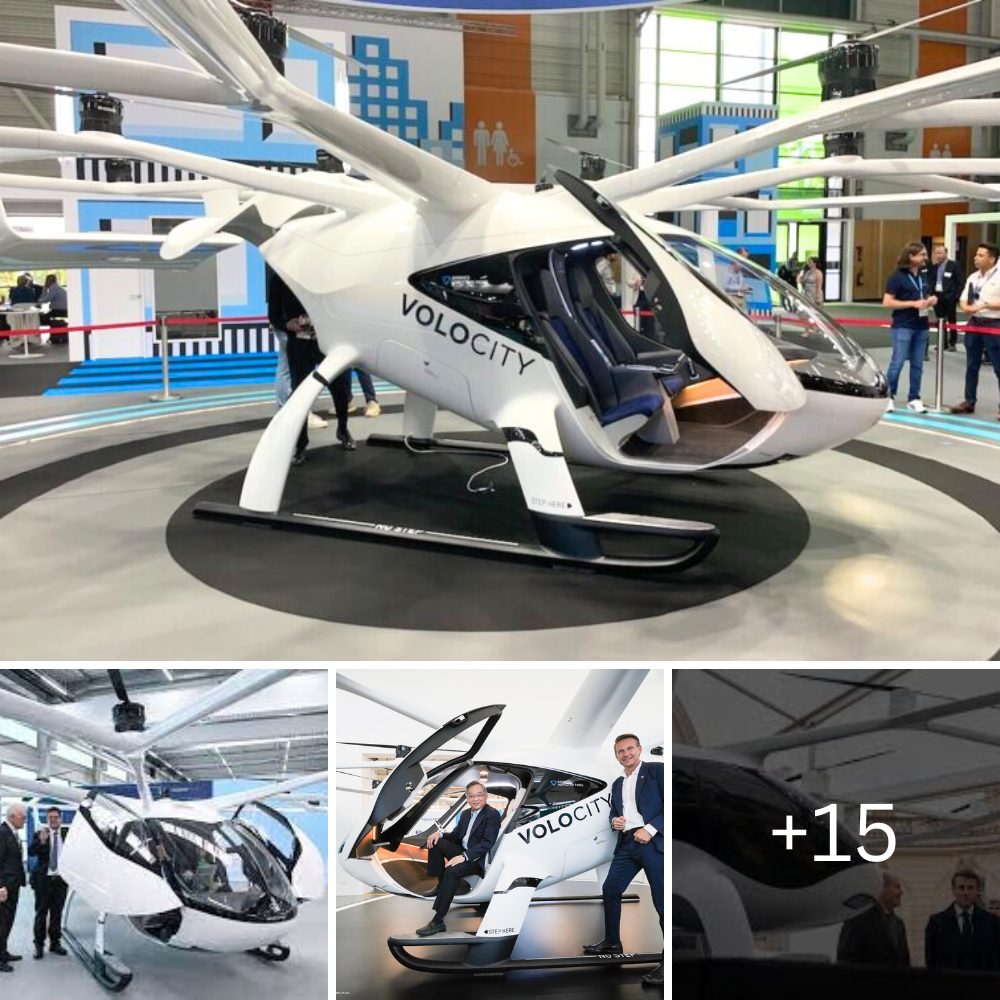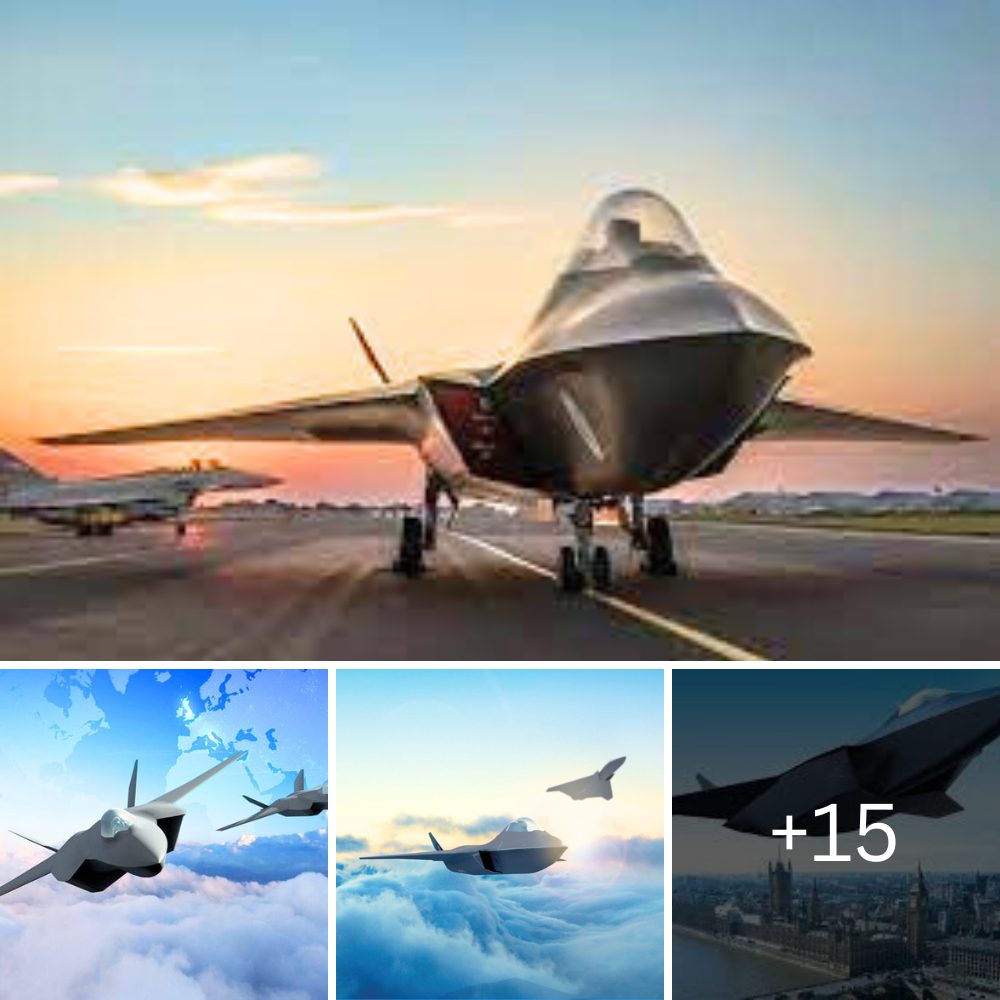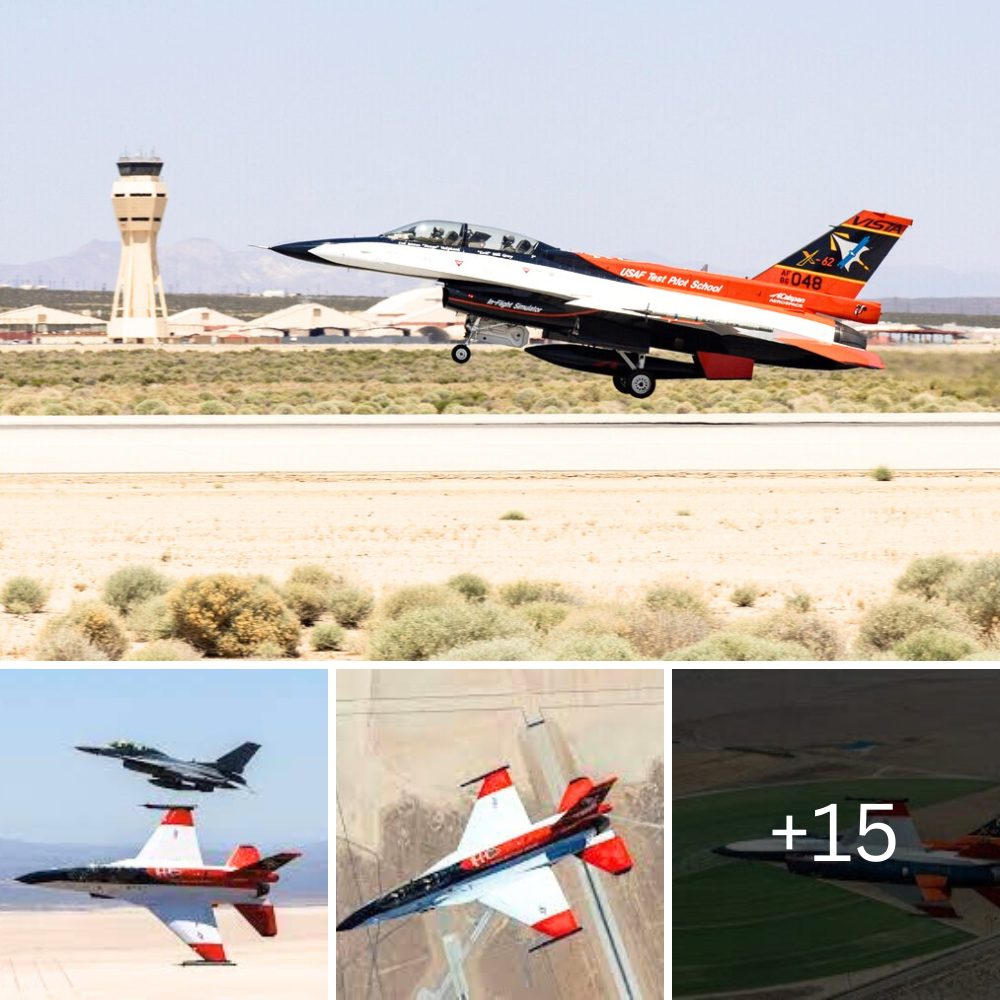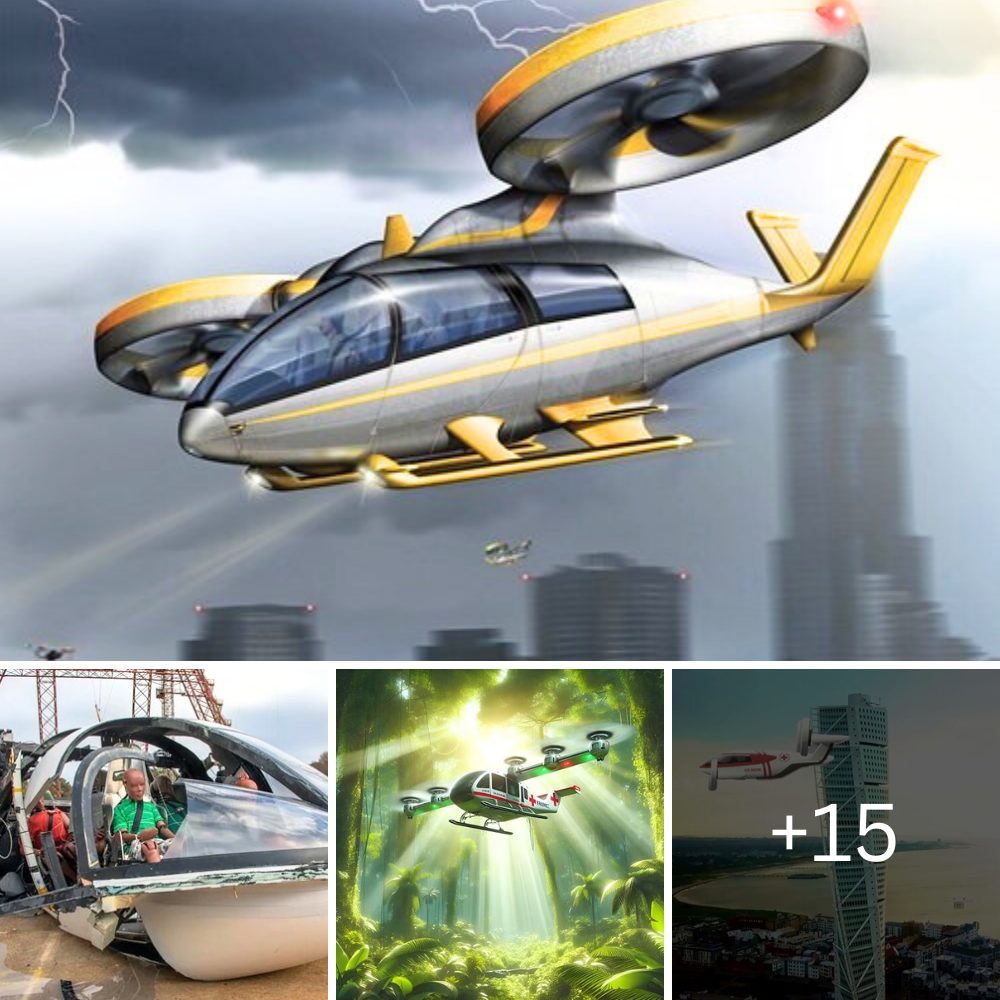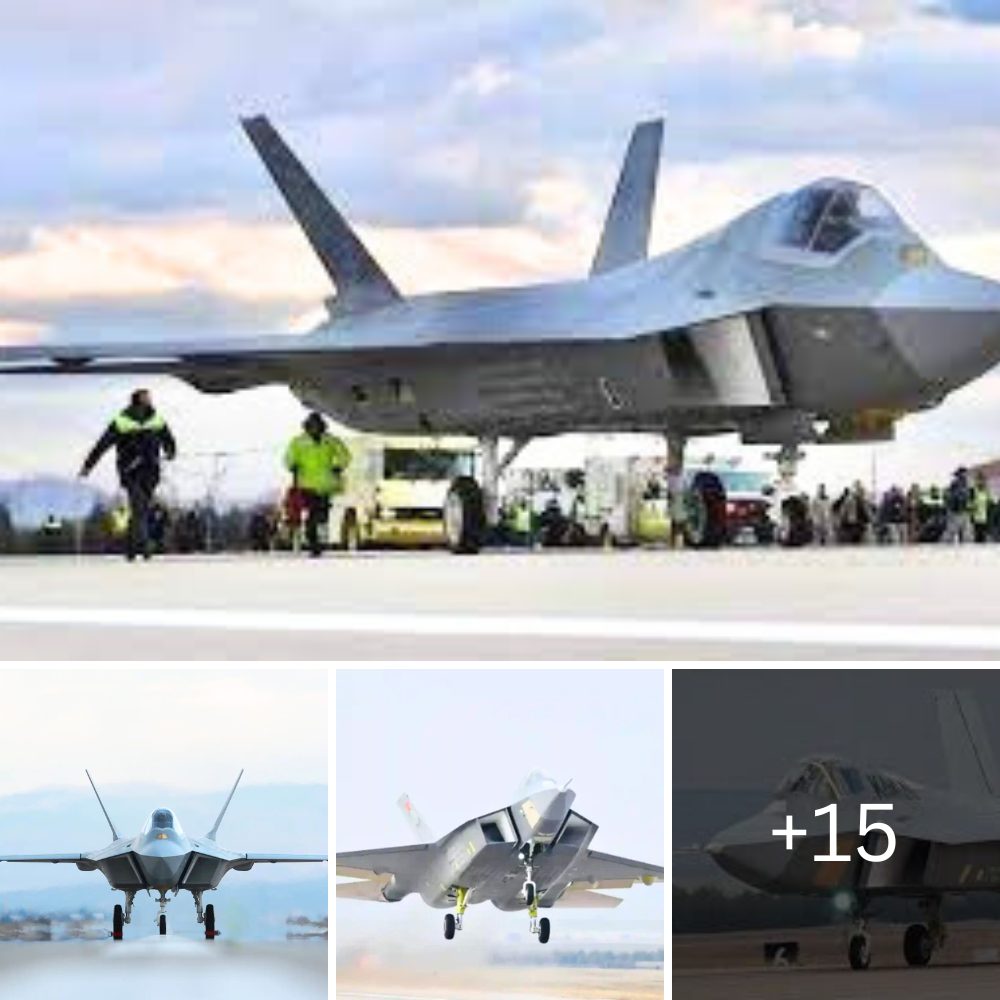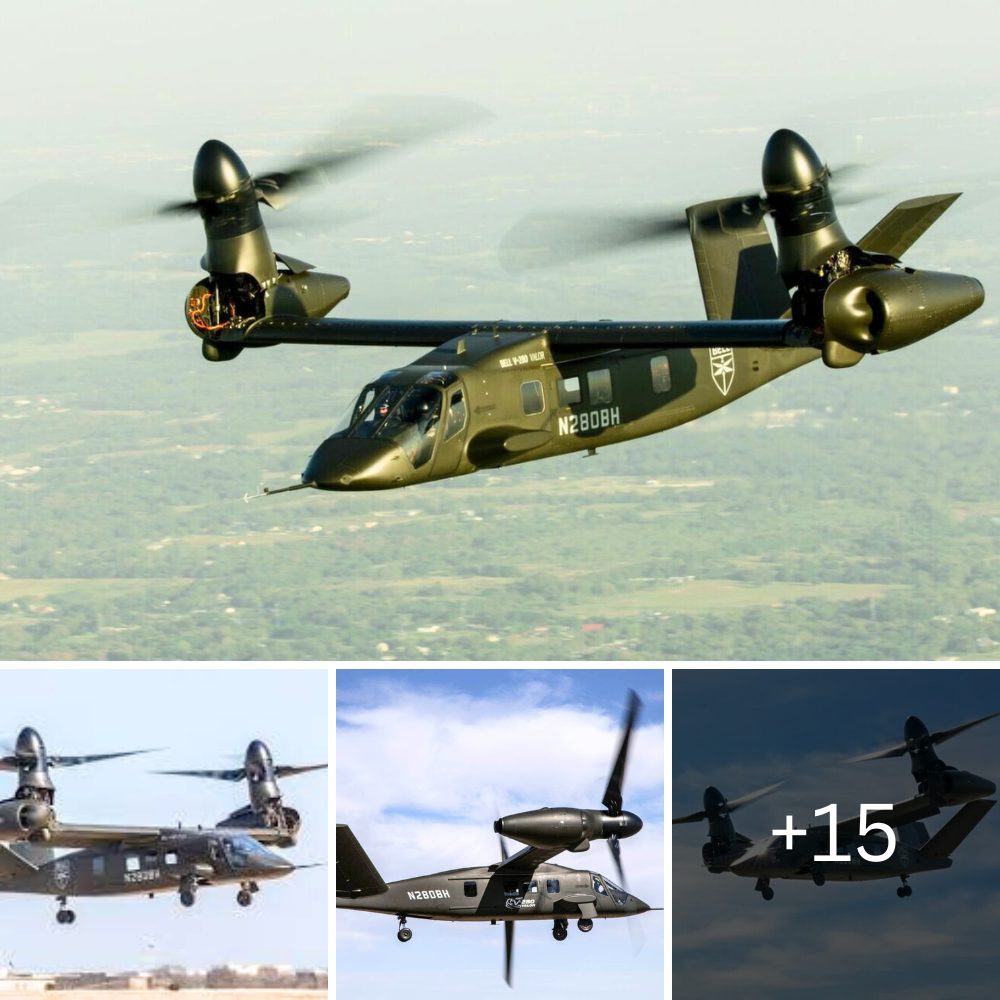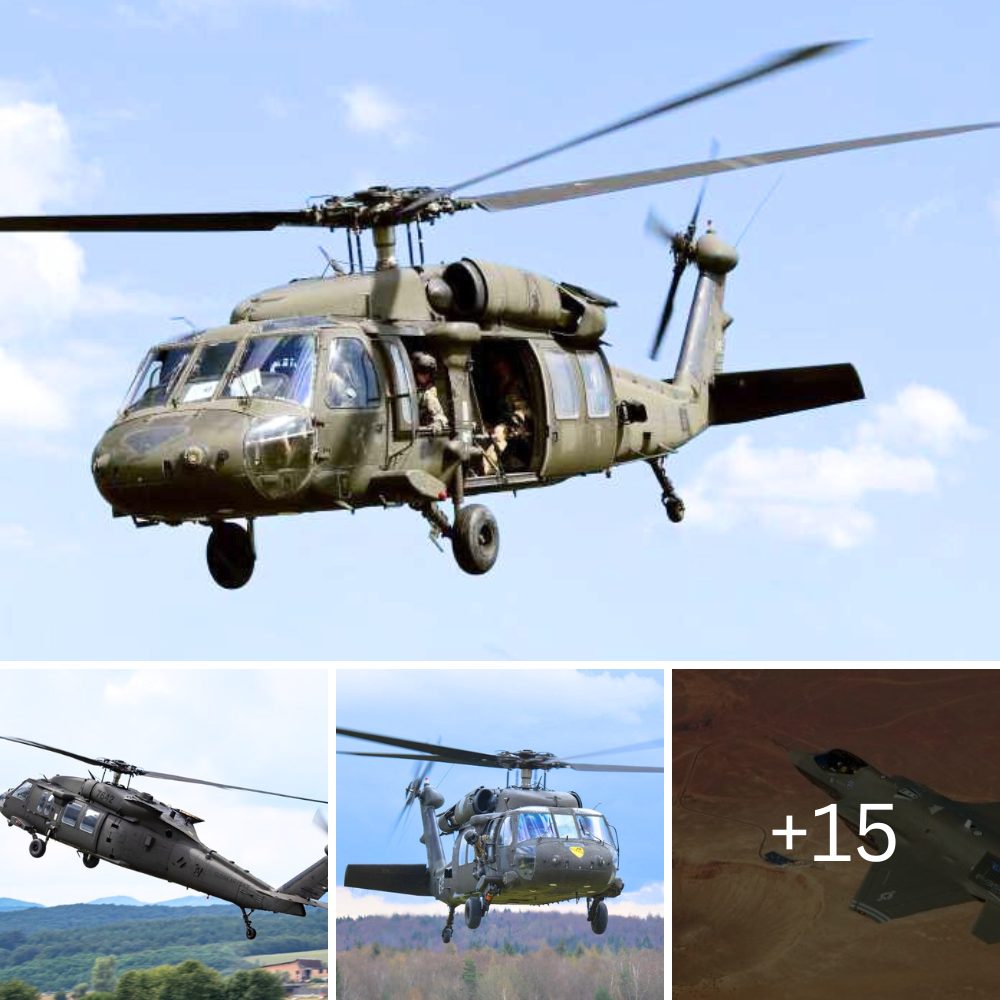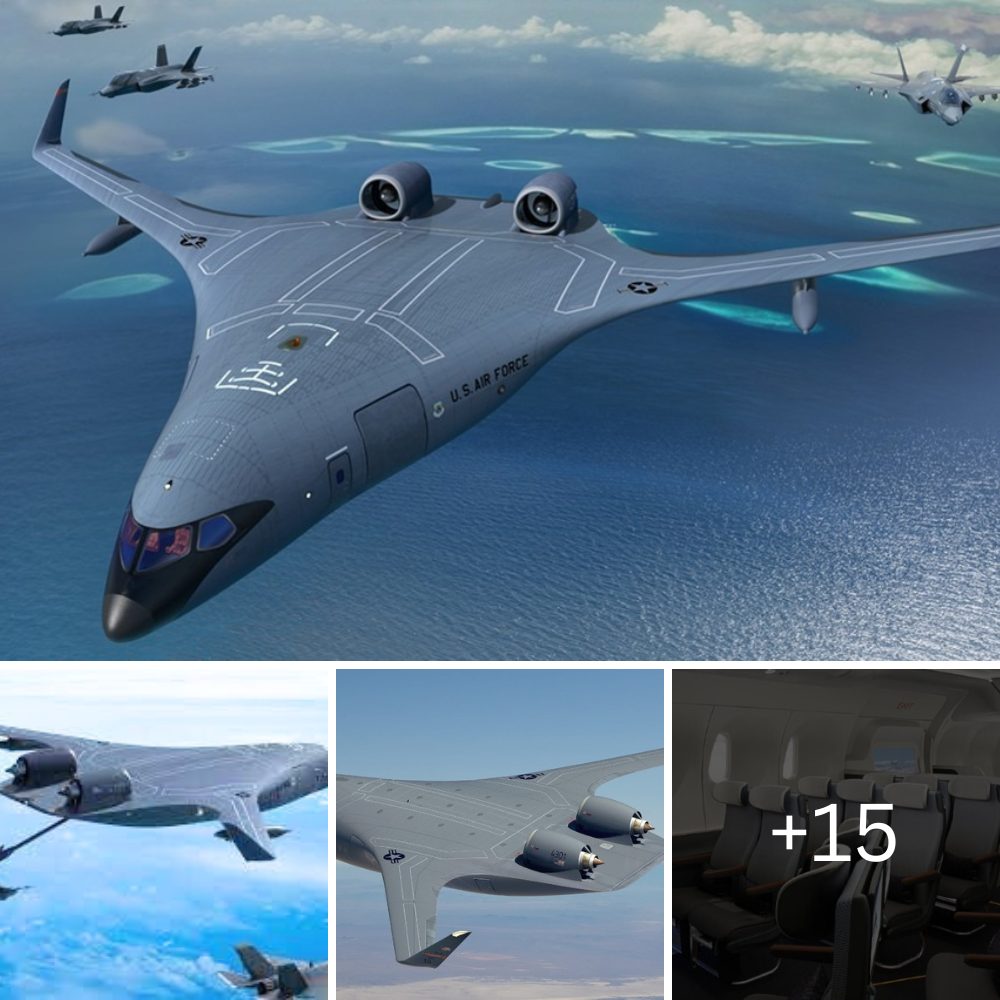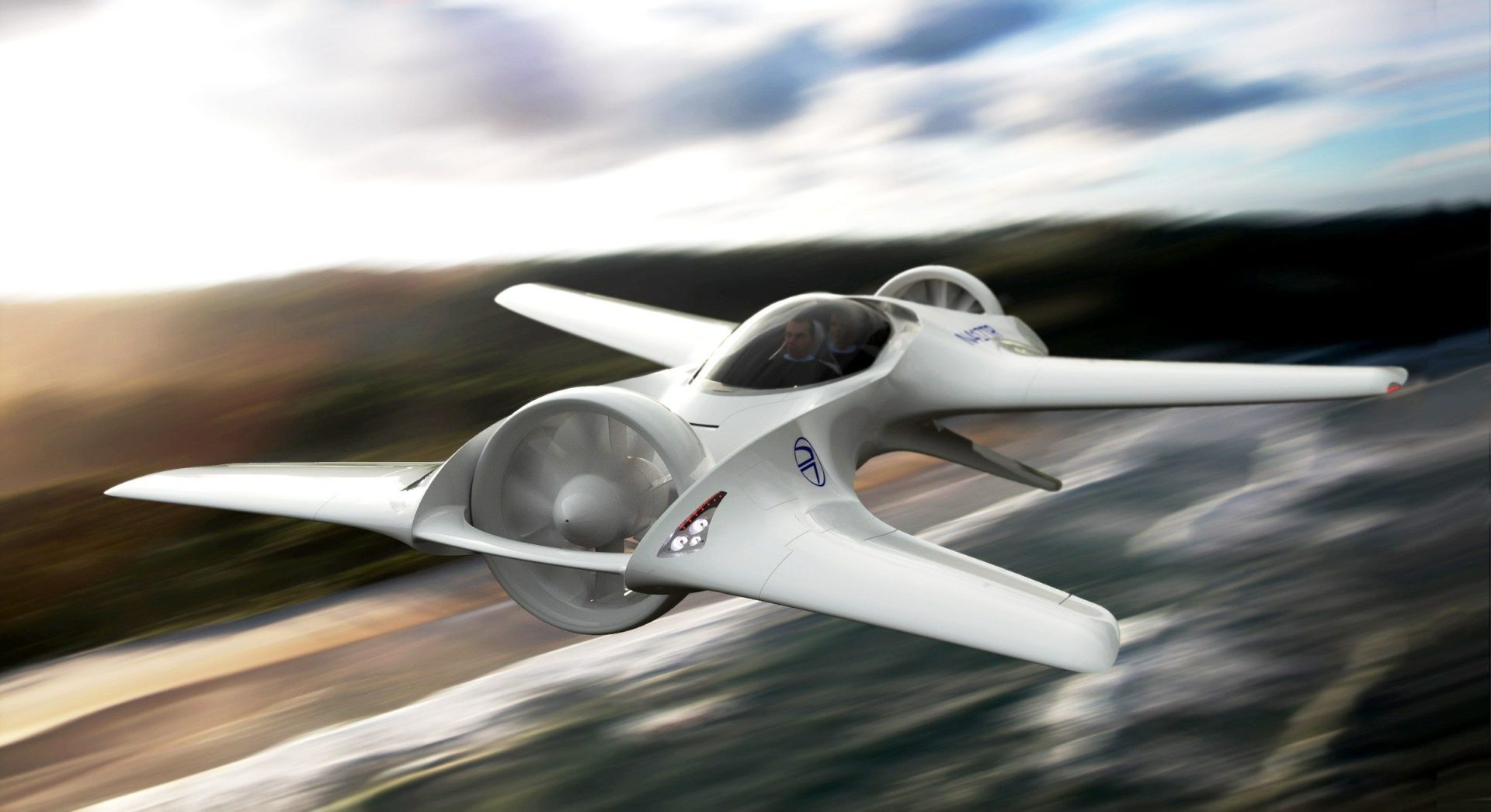
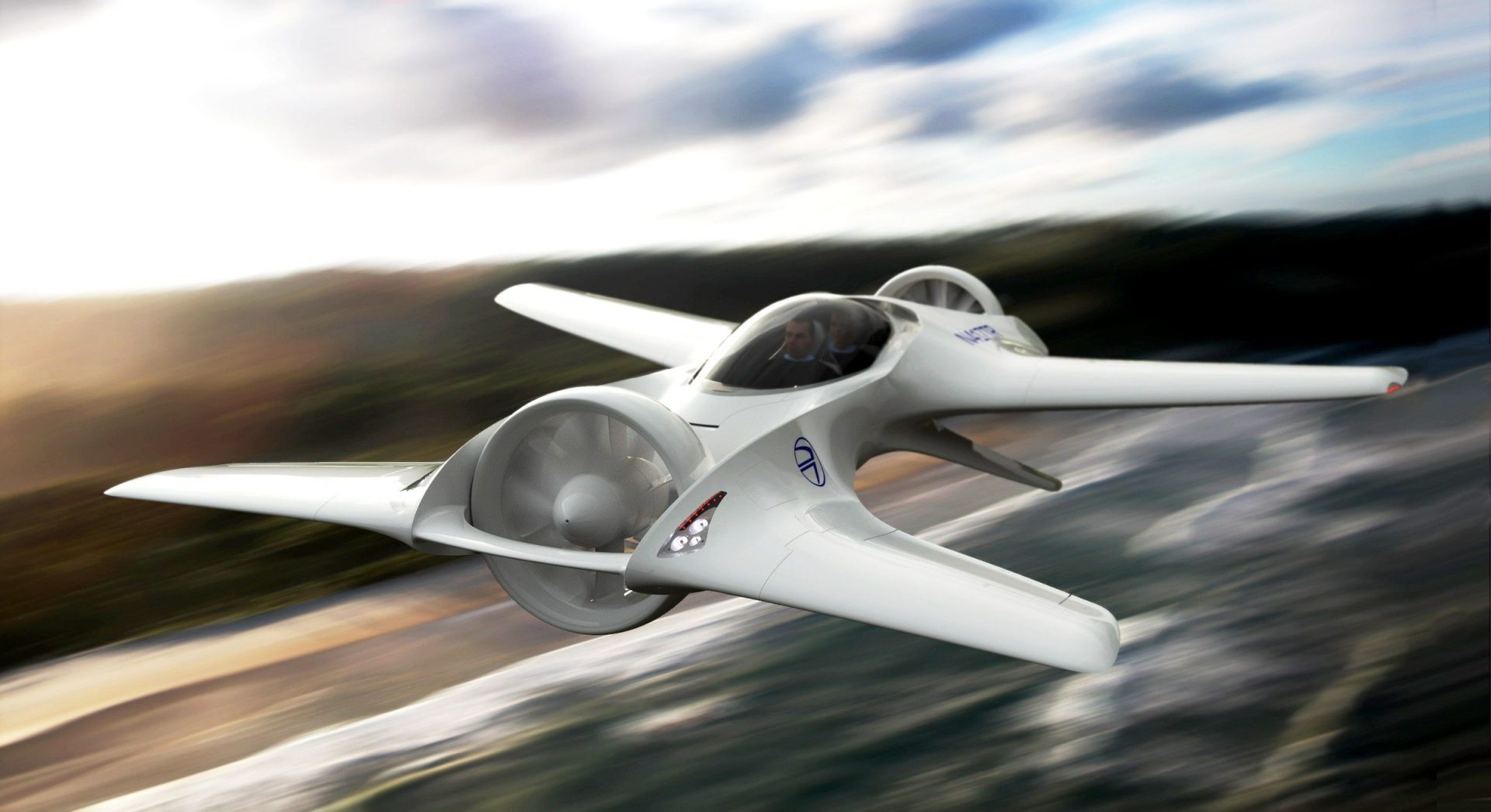
“Roads? Where we’re going, we don’t need roads,” says Doc Brown, before speeding his DeLorean into the future. The speech of the mad scientist from the movie “Back to the Future” today sounds like a prophecy before the new project of DeLorean Aerospace, a company founded in 2012 by Paul DeLorean, nephew of John DeLorean, creator of the iconic DMC-12 that became famous in the cinema by being transformed into a time machine.
Now in real life, the next car with the DeLorean name will be a “vertical take-off and landing personal air transport vehicle” (VTOL), a category that the rest of the world calls a “flying car”. The company calls the project the DR-7.
Designed to transport two people, the new DeLorean is proposed with a fully electric engine and automatic controls, which according to the company will allow it to be used by anyone without the need for a special license.
The flying car with a futuristic design measures six meters long and 5.6 meters wide. To fit in conventional garages, the wings can be folded. The propellers are two fans with rotating bases, which remain in the horizontal position for takeoff and landing and change to the vertical position in the sustained flight phase.
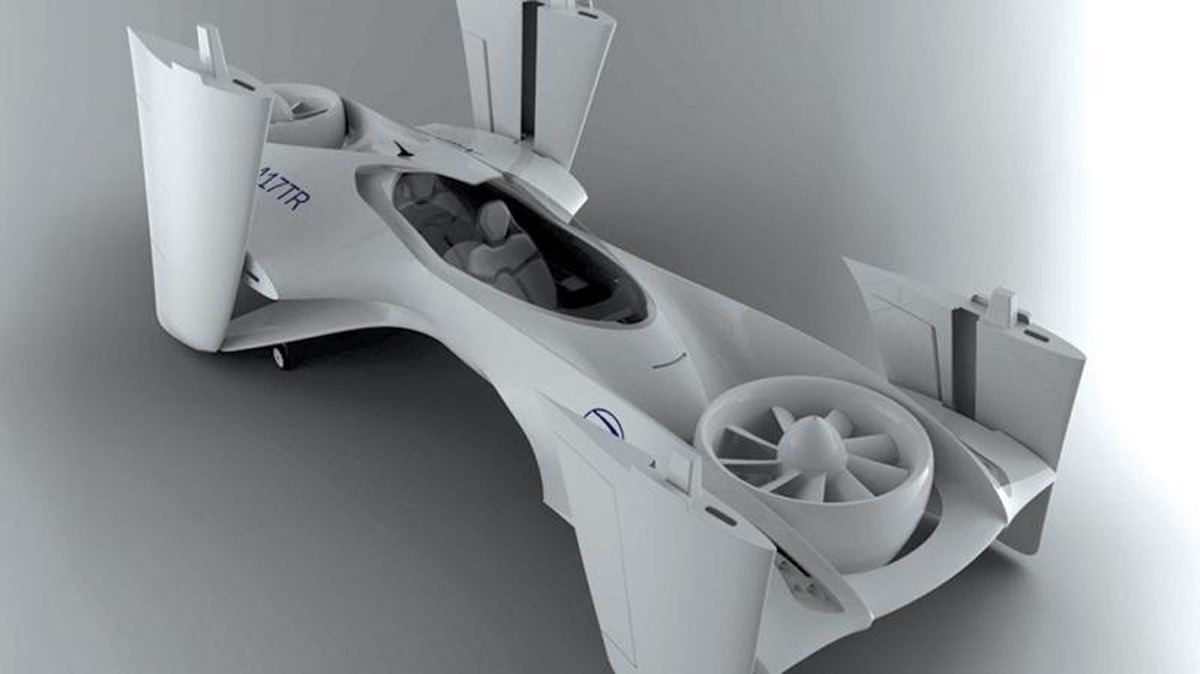
DeLorean Aerospace has already built two scaled-down models of the DR-7. The first, just 30 centimeters long, was developed for the first feasibility assessments. The second, a third the size of the final version, was a model for engineering certifications.
“We are moving towards a full-scale piloted prototype, with room for two occupants, and designed to operate, all-electric, with a range of 120 miles,” said Paul DeLorean, in an interview with Wired magazine .
The performance suggested by the DeLorean is one of the most optimistic for this type of vehicle and surpasses that of concepts from established companies, such as the Vahana project by Airbus, whose autonomy will be approximately 80 km.
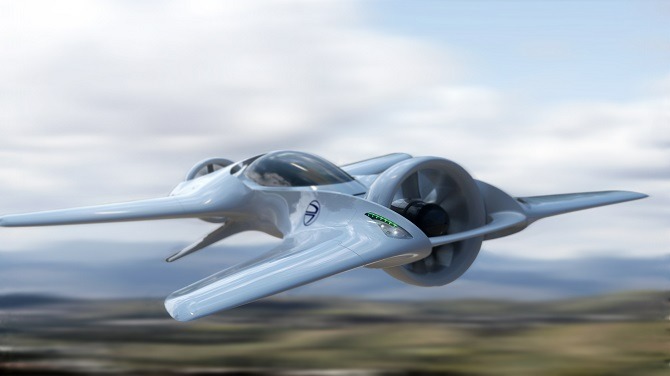
DeLorean Aerospace has already built two scaled-down models of the DR-7. The first, just 30 centimeters long, was developed for the first feasibility assessments. The second, a third the size of the final version, was a model for engineering certifications.
“We are moving towards a full-scale piloted prototype, with room for two occupants, and designed to operate, all-electric, with a range of 120 miles,” said Paul DeLorean, in an interview with Wired magazine .
The performance suggested by the DeLorean is one of the most optimistic for this type of vehicle and surpasses that of concepts from established companies, such as the Vahana project by Airbus, whose autonomy will be approximately 80 km.
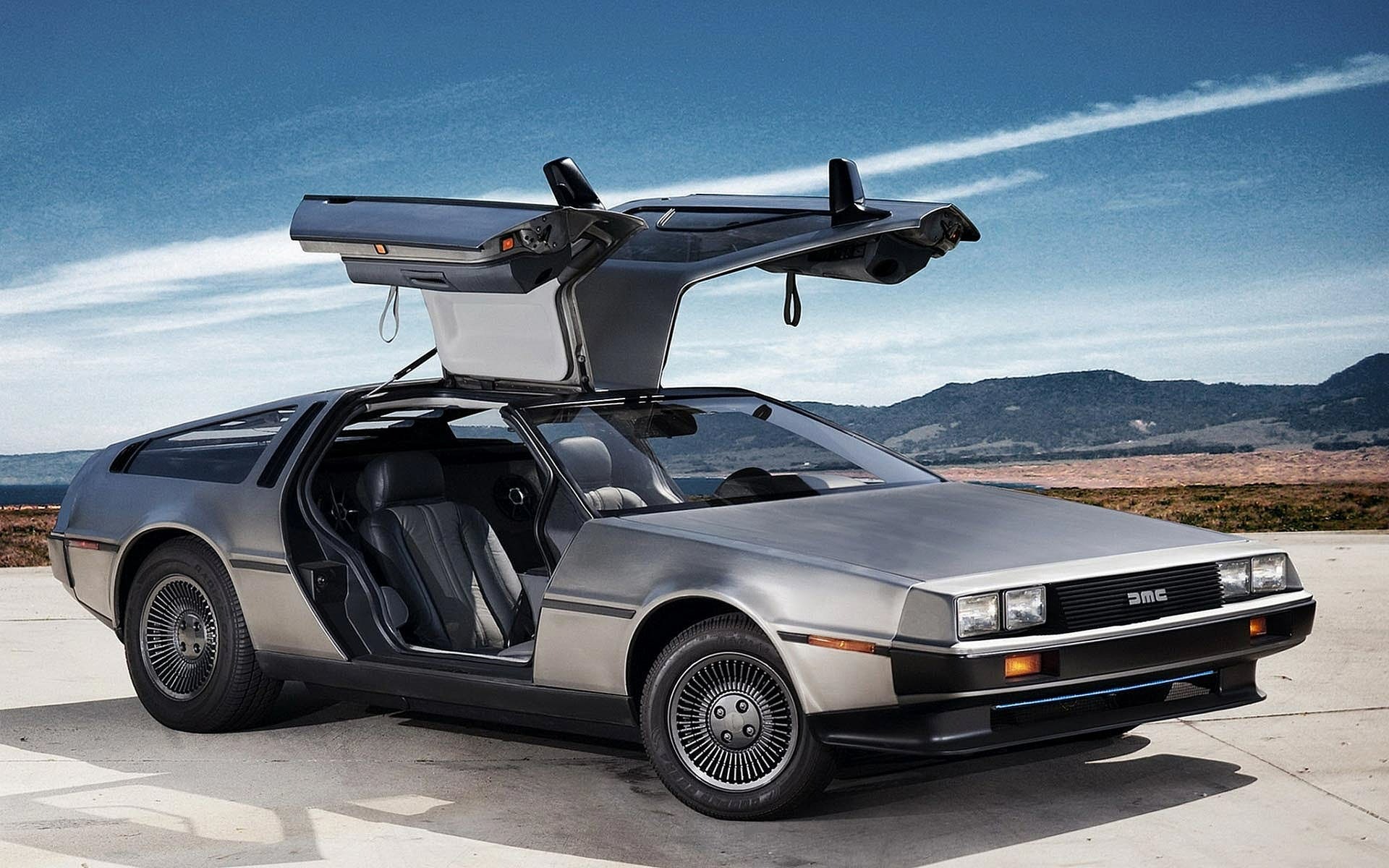
The company aims to complete the full-size flying prototype within a year. According to the company, the radio-controlled model will be tested in an area in the California desert.
The project, however, will still take a long time to become a reality, if indeed it comes to fruition. Experts believe that the DeLorean flying car could hit the market in five to 15 years.

